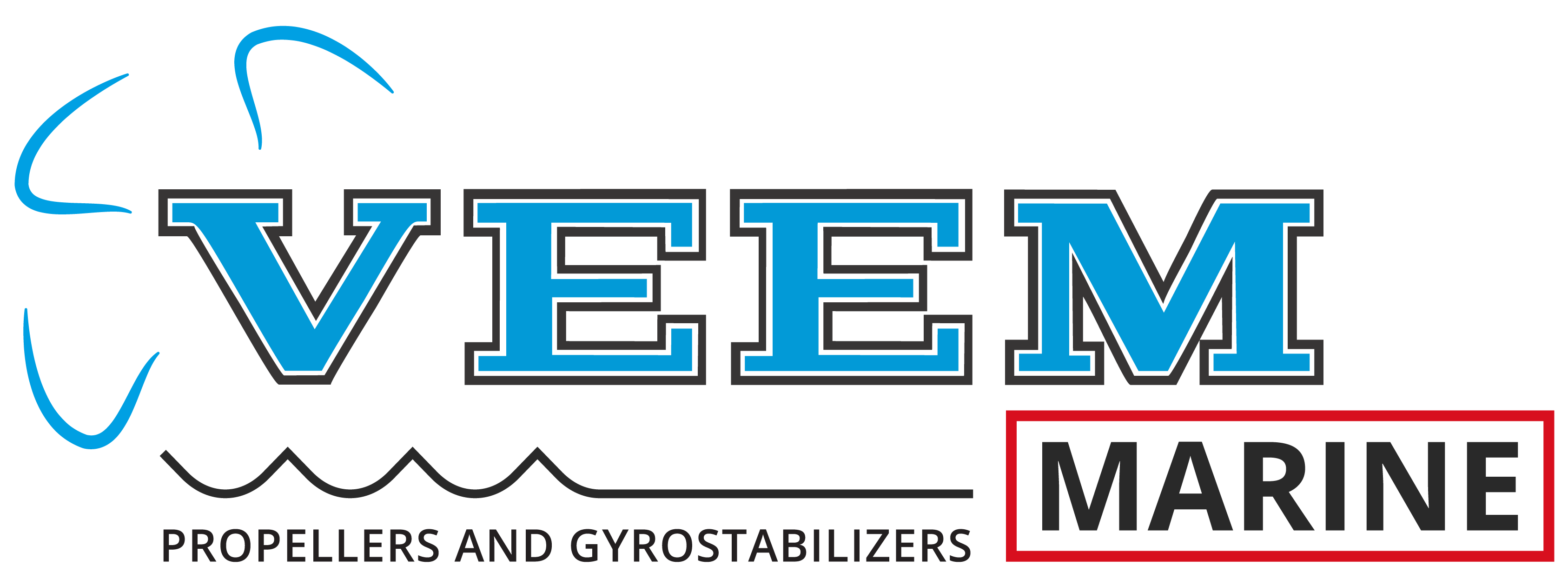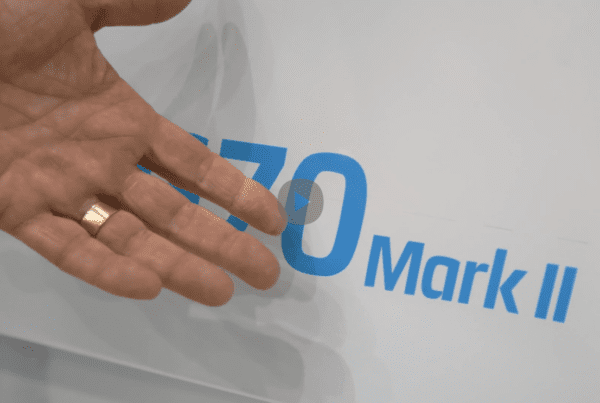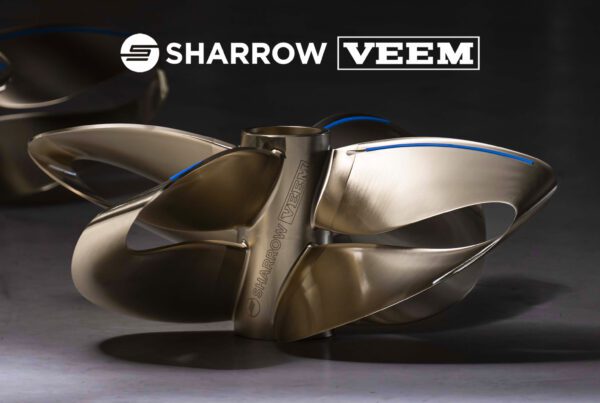Choosing the right propeller is crucial to the life and optimum performance of your vessels engine. Installing the wrong one has the potential to shorten the lifespan of your engine, reduce overall performance and increases the risk of over-revving or labouring the engine. There are many variables to consider when selecting the right propeller, to help your boat reach its full potential we’ve put together a list of 11 things you should be thinking about.
Type of vessel
Firstly, consider your vessel type. VEEM provide a range of different propellers to suit specific vessel types, ranging from commercial vessels to superyachts. Defining your vessel type and purpose will narrow down the list of potential solutions significantly.
Engine make and model
Consider the make and model of your engine. This will determine the available power and rev requirements of the engine.
Gearbox make and model/reduction ratio
This will help you determine how fast the propeller rotates with the provided engine specification.
Expected Vessel Speed
The expected vessel speed is essential in helping you determine the sizing calculations of your propeller. The expected vessel speed can be calculated if vessel resistance is known.
Blade area Ratio (BAR)
Calculate the blade area ratio (BAR). This is important to determine allowable blade pressure.
Number of blades
The number of blades on your propeller will vary depending on desired efficiency, speed, BAR, suitability and noise. Three blade propellers are most common as they spin up faster and produce less drag, however, five blade propellers are best fit for rough conditions or when torque and acceleration are priorities.
Available clearance/shaft aperture
Consider how much space is available, the available clearance/shaft aperture could restrict the size (diameter) of the propeller that can be installed on the vessel.
Diameter
To efficiently absorb all the power provided by the engine and convert as much as possible to thrust, be sure to select the correct size propeller. This refers to the diameter of the propeller and should be measured across the outer circle of the blade tips.
Pitch
Pitch is the distance a propeller theoretically moves forward in a single revolution.
Ensure to select the correct size for optimal performance based on the above parameters i.e. To efficiently absorb all the power provided by the engine and convert as much as possible to thrust. The right combination of prop diameter and pitch produces the ideal rpm range.
Propeller Rake
It is important to consider the propeller rake as it can have a direct effect on the vessel’s bow lift. This can lead to reduced hull wetted area and slightly lower overall resistance.
Cost
When choosing your propeller, it is important to remember the initial cost is not the whole story. An ill-sized or inferior quality propeller can lead to inefficient operation (fuel), pitch adjustments (docking) and cavitation (due uneven machining). These factors can also lead to early replacement which is a large cost you want to avoid. Installing a fully machined propeller such as VEEM Propellers will guarantee increased life and efficiency. Our interceptor technology is fitted to every propeller and can modify pitch in 15 minutes by changing the strip in the water. This removes the need for docking.
Once you have considered the variables above you can visit our propeller calculator for an instant quote and size report.





